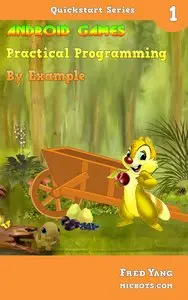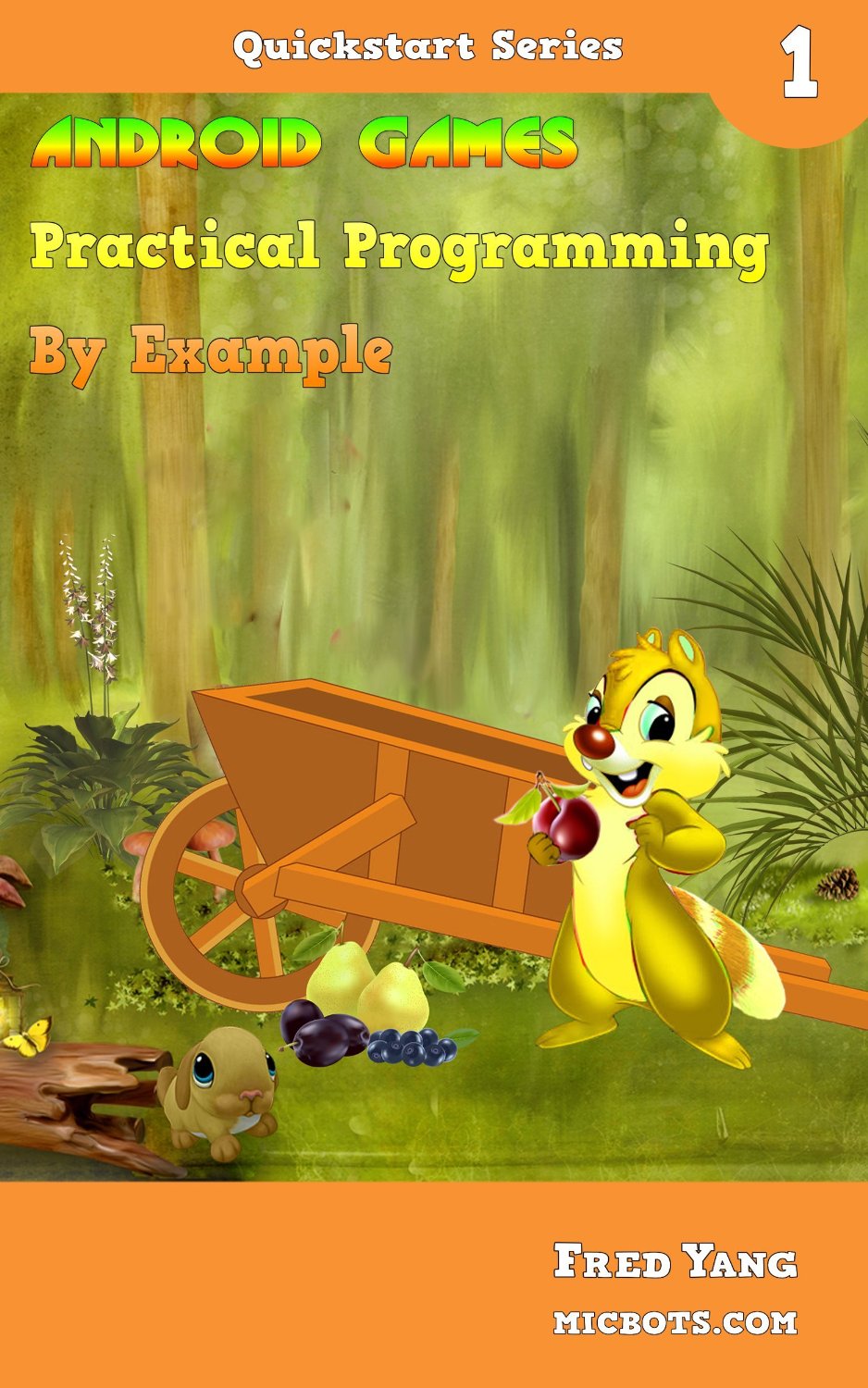Android Games Practical Programming By Example: Quickstart 1 by Fred Yang
English | 2014 | ISBN: 1499514697 | 140 pages | EPUB | 1,6 MB
English | 2014 | ISBN: 1499514697 | 140 pages | EPUB | 1,6 MB
This book offers a step-by-step Android game development guide that's easy to follow with practical tips, illustrations, diagrams, and images, including a full game project explained gradually in each unit. After reading the whole 7 units in this book, you gain the basic knowledge and experience to create stunning Android games that can make you money on Google Play and turn your passion for games into a full time gig.
As you work on the game project Raccoon Rob, there is an online forum - Apphex Forums (apphex.com ), dedicated to this book that you can go to, to download the code projects, ask questions and look for technical support, our support team is always there so you can get help directly from the community.
What This Book Covers?
Unit 1, Setting up Development Environment, begins by teaching you how to set up an Android development environment on your computer no matter which OS you have. You'll learn how to install Android developer tools bundle and configure environment variables. Lastly, we'll introduce a set of Android tools that help you debug and profile your apps.
Unit 2, Project Framework, discusses the storyline and framework of your first game Raccoon Rob. You'll be able to implement the activity's lifecycle callback methods and utilize handlers to switch views in game. This unit also goes into detail on how to write the main thread and view for your app.
Unit 3, Sprites and Objects, explains how to create sprites, major characters, monsters, and objects. You'll also learn how to implement the animations of sprites and objects using the Bitmap sheets.
Unit 4, Layers and Maps, explores the basics of tiles, layers, maps, and the design process that surrounds these terms. You'll be able to easily make game maps. This unit also guides you on how to build a leaderboard and scoring system in game.
Unit 5, Game Controls, covers the foundations and implementation process of AI (artificial intelligence) as well as collision detection between objects. You'll also learn how to make a virtual D-Pad on the screen to move the main character on the maps and use an owl icon to control the game state.
Unit 6, Sound Effects, introduces the basics of sound effects and the implementation process that surrounds them. You'll learn how to add audio and sounds to games using the Android sound pools, and how to add background music to games using media players.
Unit 7, Publishing Games, explains the app submission process on the Google Play Store. This unit will guide you through the process of building, testing, and publishing games onto the Google Play Store. You'll also learn how to monetize your games by two ways: promoting ads and selling in-app features.
Who This Book Is For?
This book is for aspiring programmers and artists trying to break into the game industry quickly and looking for a practical guide to kick start their projects. It assumes a passable understanding of Java, including how to write classes and handle basic inheritance structures.
Download:



